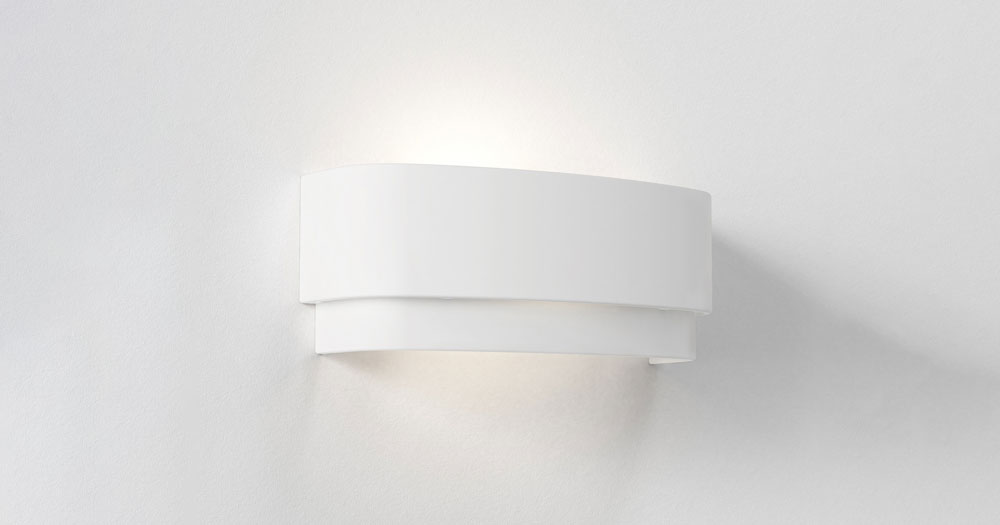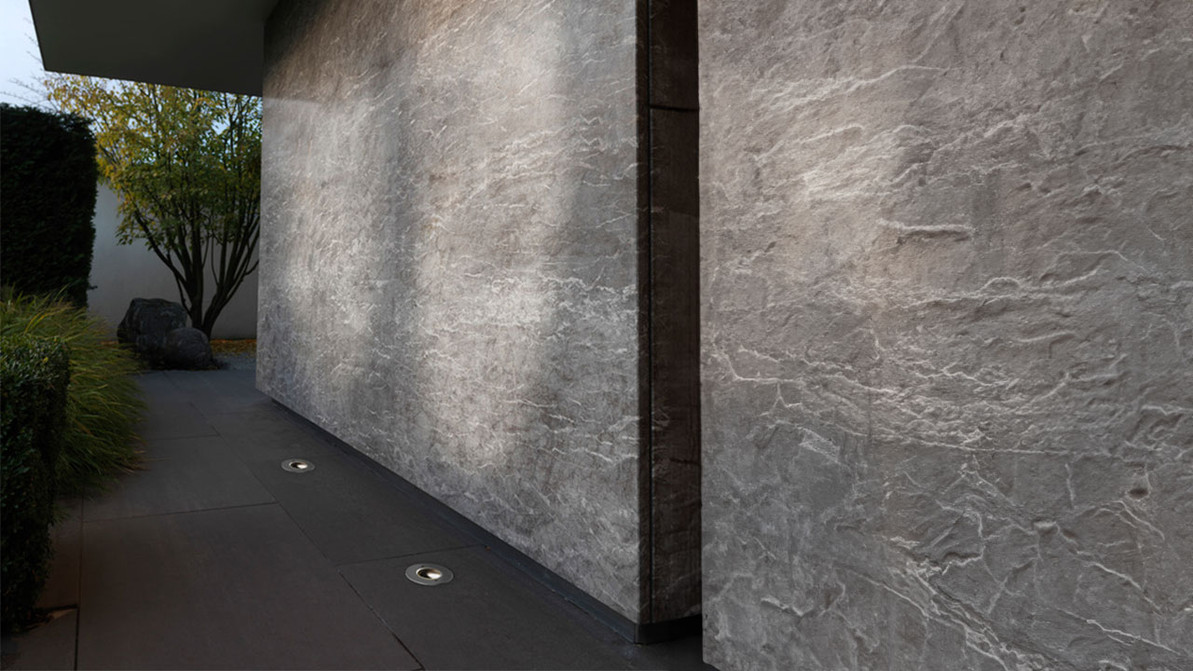How to Highlight Architectural Features with Uplights
Uplights are a versatile lighting tool that can create depth, dimension, and visual interest in any room. The strategic placement of uplights allows you to showcase the beauty of your home’s design and create a truly captivating ambience. This article will explore the transformative power of uplights in highlighting architectural features and enhancing interior spaces. Discover tips on effective placement and use of uplights to highlight features, create focal points and enhance the mood of a space.
Introducing the Magic of Uplighting
Uplighting is a transformative lighting technique that enhances the aesthetics of space by casting light upward, creating depth, dimension, and visual interest. This versatile lighting approach effectively accentuates various architectural features within a room, adding a touch of elegance and drama. Consider these examples of uplighting:
- Crown Mouldings: Uplighting can be strategically placed to illuminate crown mouldings, drawing attention to the intricate details and architectural beauty and elevating the overall design aesthetic.
- Fireplace Mantels: Highlighting a fireplace mantel with uplighting adds a warm and inviting glow, emphasising this central focal point and creating a cosy ambience.
- Built-in Shelving: Uplights can showcase built-in shelving, casting a gentle glow on displayed items and transforming the shelves into visually appealing features.
There are various types of uplights designed to cater to different preferences and applications:
- Recessed Uplights: These are installed flush with the ceiling or wall, offering a discreet and seamless lighting solution that subtly accentuates architectural elements.
- Floor-Standing Uplights: Placed on the floor, these fixtures provide flexibility in directing light upwards, allowing for dynamic illumination of specific areas or features.
- Table-Top Uplights: Compact and portable, table-top uplights offer a convenient way to add accent lighting to surfaces like tables, countertops, or decorative objects, enhancing the overall ambience of the space.
- Wall-Mounted Uplights: Wall-mounted uplights are fixtures designed to be mounted on vertical surfaces, providing an elegant and indirect illumination that enhances the architectural features of a room while minimising glare. This elegant Parma 200 in Plaster with a matt white finish is an excellent example.

As a lighting technique, uplighting works magic by transforming ordinary spaces into captivating environments, adding depth and drama through the subtle interplay of light and shadows.
How to Master the Art of Uplight Placement
It’s essential to carefully consider the placement of your uplights to ensure the desired effect is achieved. Properly positioned uplights create a harmonious and inviting atmosphere by controlling shadows, highlighting unique features and contributing to the overall mood of the space.
Positioning Along baseboards and Under Cabinets
For an enchanting effect, strategically place uplights along baseboards and beneath cabinets. This technique adds a touch of sophistication and creates a warm, diffused glow that subtly enhances the overall ambience of a room. You can use a variety of fixtures for this, such as strip lights, recessed lights, picture lights and cabinet lights like this great value T5 LED cabinet light.

Accentuating Architectural Details
Uplighting is ideal for accentuating architectural details. Illuminate crown mouldings, wall niches, or any other distinctive features by carefully directing uplights toward these elements. This draws attention to the craftsmanship while adding depth and character to the space.
Height and Angle Adjustment
Mastering the art of uplight placement involves fine-tuning the height and angle of each fixture. Experiment with different elevations to find the sweet spot that casts the most captivating shadows and highlights. Adjusting the beam angle can control the spread of light, allowing for more focused or broader illumination based on the desired effect.
Creating Visual Interest with Layers
To truly master uplight placement, think in layers. Combine fixtures at various heights and angles to establish a multidimensional play of light. Layering uplights creates a visually dynamic environment and allows for flexibility in adjusting the overall brightness and mood of the space.
Harmonising Uplights with Overall Lighting Scheme
Consider the broader lighting scheme of the room when placing uplights. Ensure they harmonise with other light sources, such as overhead fixtures or task lighting, to create a cohesive and balanced atmosphere. The goal is to integrate uplights seamlessly into the overall design, enhancing without overpowering the space.
Key Factors to Consider When Placing Uplights:
- Architectural Features: Identify and emphasise architectural details, strategically placing uplights to showcase these.
- Focal Points: Direct uplights toward focal points in the room to draw attention and create visual interest.
- Ambience and Mood: Consider the desired mood and place uplights accordingly, with warmer tones for a cosy ambience or cooler tones for a more vibrant atmosphere.
- Ceiling Height: Adjust the placement of uplights based on the ceiling height, experimenting with different angles to achieve optimal lighting effects.
- Room Size: Factor in the room size when placing uplights, ensuring an even distribution of light to illuminate the entire space effectively.
- Reflections and Shadows: Leverage reflective surfaces, such as mirrors or glossy furniture, to create interesting reflections and shadows with uplighting.
- Functional Areas: Illuminate functional areas, like reading nooks or workspaces, strategically placing uplights to provide task-oriented lighting.
- Colour Temperature: Choose the right colour temperature for uplights, considering warm tones for a cosy feel and cool tones for a more energising atmosphere.
- Adjustable Fixtures: Choose adjustable fixtures to have flexibility in directing the light and accommodating changes in room layout or design preferences.
Tailoring Uplights to Specific Architectural Features
Uplights are a versatile tool for transforming architectural elements into focal points of grandeur and elegance. The technique of uplighting can be used to create an aesthetic that emphasises your interior’s unique features and design elements.
Highlighting Crown Mouldings
Uplights are a masterful tool for highlighting intricate crown mouldings, injecting a sense of grandeur into a room. By strategically placing uplights at the base of crown mouldings, the fixtures cast an upward glow that draws attention to these architectural features. The resulting play of light and shadow adds depth and accentuates the craftsmanship of the mouldings, creating a sophisticated and visually appealing atmosphere.
Accentuating Fireplace Mantels
The strategic placement of uplights around a fireplace mantel transforms this focal point into a captivating display. Directing uplights towards the mantel from the floor or discreet fixtures mounted on adjacent walls accentuates the fireplace’s architectural design. This technique showcases the mantel’s details and enhances the overall warmth and ambience of the space, making it an inviting and attractive focal point.
Enhancing Built-In Shelving
Uplights can showcase the beauty of built-in shelving and any display items placed on them. By positioning uplights at intervals along the shelves, the details of the shelving unit and its contents come to life. This method adds a layer of sophistication and provides an opportunity to illuminate decorative objects displayed on the shelves. Uplighting enhances the visual appeal of built-in shelving, turning it into a focal point that seamlessly integrates with the room’s overall design.
Highlighting Unique Architectural Features
Uplighting offers a bespoke solution for emphasising unique architectural features within a space. Whether it’s an arched doorway, ornate columns, or intricate ceiling details, strategically placed uplights draw attention to these distinctive elements. By casting shadows and creating a play of light, uplighting accentuates the uniqueness of architectural features, contributing to an environment where every detail becomes a visual masterpiece. For some features, you may want to consider multi-directional lighting such as this Amat 320 in a ceramic finish, which casts a wash of illumination up, down & outwards for multidimensional ambient lighting.

How to Use Uplighting to Create Moods and Enhance Interiorscapes
Uplighting can completely transform the mood within a room. When used strategically, it plays a significant role in the interior design of a space.
Creating Varied Moods with Uplighting
Uplighting is a fantastic tool for transforming the mood of a room. By adjusting the intensity and colour temperature of the lights, you can shift the ambience from cosy and intimate to dramatic and sophisticated. Subtle variations in lighting can evoke different emotions, making uplighting an ideal choice for spaces that cater to various activities and moods.
Enhancing Interior Styles
Uplighting enhances the distinct characteristics of different interior styles. Clean lines and minimalistic features can be accentuated for a modern aesthetic, while in traditional settings, uplights can highlight ornate details and intricate architecture. Uplights come in various styles and finishes, so shop for the perfect fixtures to match your interior. Consider this Up and Down Wall Light, which has a solid brass finish for a luxurious touch.

Guiding Focus with Focal Point Illumination
Strategically place uplights to illuminate specific focal points within a room, helping guide the eye and create visual order. Whether it’s an art installation, a statement piece of furniture, or an architectural feature, uplighting draws attention to these focal points, enhancing their significance and contributing to a well-balanced and aesthetically pleasing interior. This spotlighting method ensures that each room’s unique elements are appreciated and integral to the overall design narrative.
Creative Uplighting Tips:
Consider these creative uplighting tips to alter and enhance the mood within your space:
- Colour Temperature Play: Adjust the colour temperature of uplights to influence the room’s mood—warmer tones create a cosy atmosphere, cooler tones evoke a sense of sophistication, and multi-coloured bulbs add a sense of fun.
- Dimmers for Dynamic Ambience: Incorporate dimmers with uplights to control brightness levels, allowing flexibility to transform the ambience according to different occasions.
- Layered Lighting Effects: Combine uplights with other lighting sources to create layered effects, adding depth and complexity to the room’s overall lighting scheme.
- Wall Grazing for Texture: Position uplights close to walls to graze their surface, emphasising textures, colours and architectural details for a visually appealing backdrop.
- Statement Wall Lighting: Use uplights to accentuate specific walls, creating a dramatic effect and adding a touch of elegance to the room’s overall aesthetic.
- Uplighting with Greenery: Place uplights near potted plants or indoor trees to cast interesting shadows and introduce an organic, calming element.
- Strategic Placement for Drama: Experiment with placing uplights in corners or behind furniture for a subtle, dramatic effect that enhances the room’s overall atmosphere.
- Uplighting in Alcoves: Illuminate alcoves or niches with uplights to create cosy nooks within larger spaces, adding a sense of intimacy and warmth.
- Mirror Reflections: Position uplights near mirrors to amplify their reflective properties, enhancing the sense of space and introducing a touch of glamour.
Experiment with these tips to create a distinctive aesthetic by manipulating light to evoke specific moods or accentuate design elements. Adjust and combine different colours, angles and fixtures to create a bespoke finish that reflects your individual style.
Conclusion
Uplights are a versatile lighting tool that can create depth, dimension, and visual interest in a room. In this article, we have explained the importance of well-considered uplight placement and provided tips to help you effectively highlight architectural features and enhance the mood of your space using uplights. Experiment with these tips to create a unique and inviting space. For more inspiration, browse our full interior lighting range.
Recent Posts
-
Embrace the Cosy Glow: A Guide to Autumnal Exterior Lanterns
As the UK transitions into autumn, the days grow shorter, and the evenings take on a crisp, enchant …22nd Jul 2024 -
Light Your Home: A Guide to Choosing the Perfect Chandelier
Imagine walking into a dining room bathed in the warm glow of a chandelier, setting the perfect moo …19th Jul 2024 -
Beat the Heat: A Guide to Choosing the Perfect Ventilation Fan
Imagine coming home on a sweltering summer day to find your living space just as stifling. Good ven …16th Jul 2024




